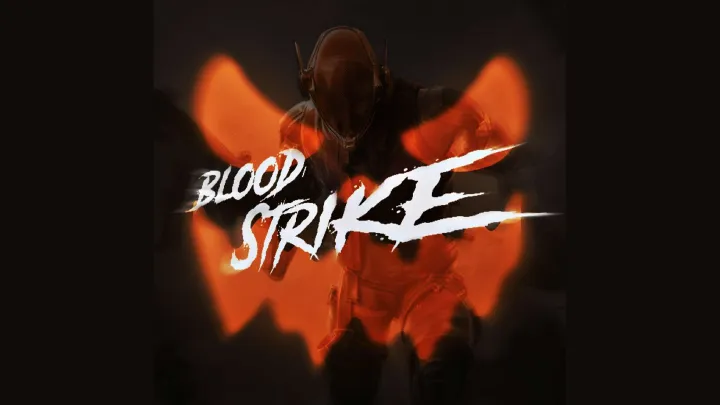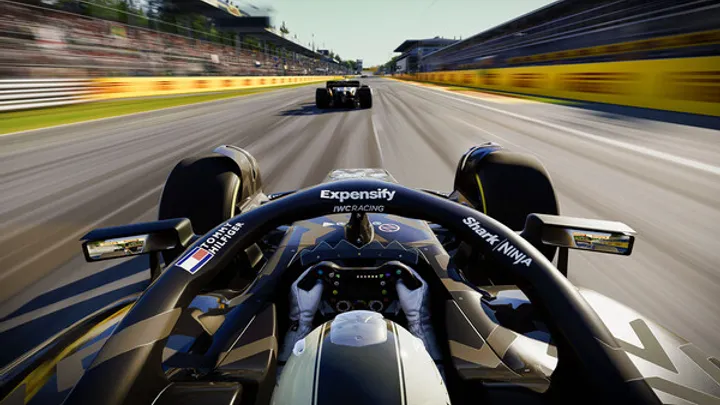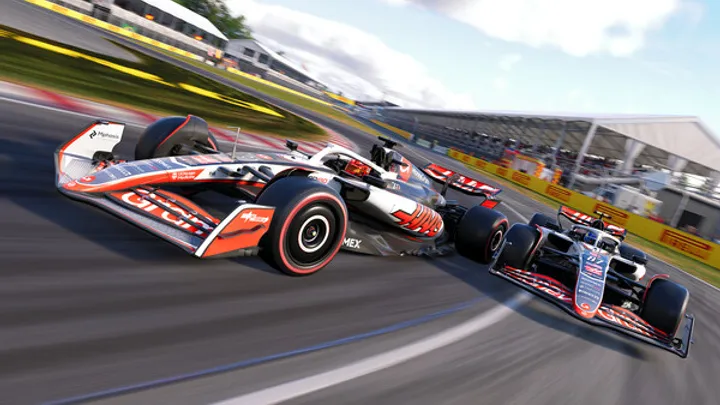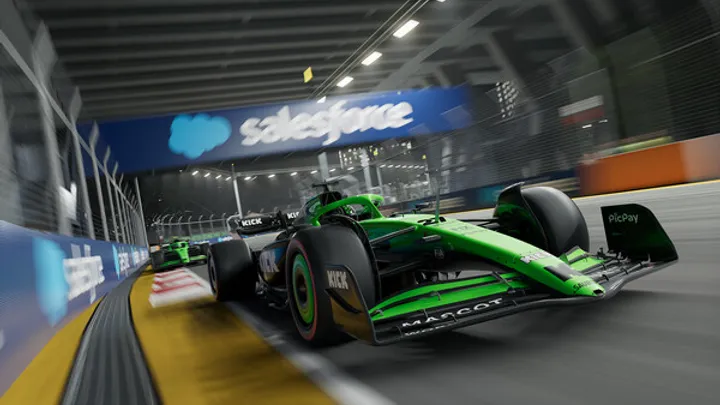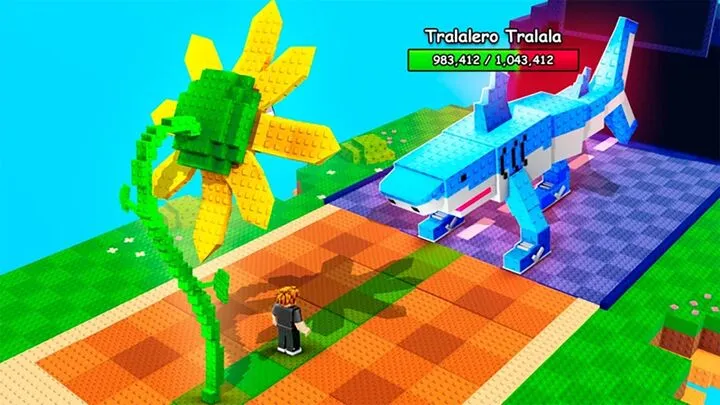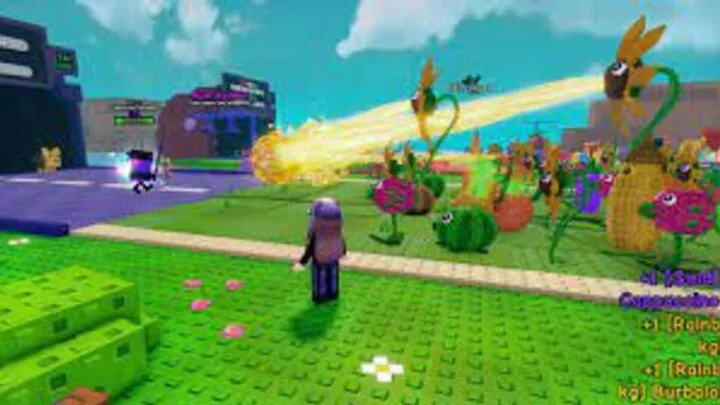Introduction
Every strategy game reaches a point where players begin asking the same question: Which units are truly the best? In Plants vs Brainrot, the answer is never simple. While some plants shine universally, others only perform under specific map conditions. The twisted design of Brainrot’s arenas—warped lanes, hidden paths, rotating tiles, and distorted environments—forces players to reevaluate the effectiveness of each plant constantly.
This tier list organizes all major plants into rankings based on their overall performance, versatility, and map-specific effectiveness. Whether you’re a beginner looking for reliable options or a veteran planning advanced builds, this guide will help you understand which plants deserve priority in your strategy.
1. S-Tier Plants – Universal Powerhouses

S-Tier plants dominate across all maps. Their utility, damage, or defensive strength makes them indispensable regardless of scenario.
- Sunflower / Twin Sunflower
- Essential for economy in all modes. Without them, scaling into mid- and late-game becomes nearly impossible.
- Best for standard maps, endless waves, and even puzzle-focused scenarios where resource flow matters most.
- Winter Melon
- A heavy hitter with strong area-of-effect slow, making it perfect for crowd control.
- Performs exceptionally on hazard maps, boss fights, and survival maps with infinite waves.
- Imitater
- Adds tactical flexibility by duplicating another plant in your build.
- Critical when doubling explosive power (Cherry Bombs, Doom-shrooms) or economy scaling (extra Sunflowers).
- Wall-nut / Tall-nut
- Irreplaceable tank units that buy time for DPS plants to work.
- Pair well with almost any offensive build, making them staples across all map types.
2. A-Tier Plants – High Impact but Map-Dependent
A-Tier plants are strong choices but require specific conditions to reach full potential.
- Cherry Bomb
- One of the best emergency clears. Its only drawback is high cost and recharge.
- Shines on boss maps and hidden path maps where sudden bursts of enemies appear.
- Gatling Pea (with Torchwood)
- Incredible late-game damage scaling.
- Requires heavy sun investment but can dominate in survival and boss arenas.
- Cattail
- Flexible due to its ability to target both ground and aerial enemies.
- Particularly valuable on water-based maps and hazard maps with shifting pools.
- Magnet-shroom
- Neutralizes armored Brainrots, which appear more frequently on distorted maps.
- Best paired with Tallnuts for full lane lockdown.
3. B-Tier Plants – Strong Situational Tools
B-Tier plants perform well when used correctly but can feel underwhelming outside their niche.
- Potato Mine
- Extremely cost-efficient for early waves but loses effectiveness as maps grow chaotic.
- Excellent for ambush-heavy hidden path maps.
- Plantern
- Provides visibility in fog maps and puzzle-heavy arenas.
- Situational but often required for exploration.
- Kernel-pult
- Random butter stuns are valuable but unreliable.
- Useful in boss fights and rotating platform maps where brief interruptions matter.
- Spikeweed / Spikerock
- Lane denial that pairs well with redirecting plants like Garlic.
- Limited in survival endurance but excels at stalling armored foes.
4. C-Tier Plants – Niche but Usable
C-Tier plants often feel underpowered compared to alternatives but can fill roles in specific maps.
- Chomper
- High single-target burst but long digestion cooldown makes it inefficient.
- Slightly more valuable on maps with rotating tiles or small ambush waves.
- Garlic
- Redirects enemies into stronger lanes, but only effective with proper synergy.
- Pairs with Split Pea or Spikerock for some utility.
- Cabbage-pult
- Decent ranged option for elevated or warped lanes but outclassed by Melon variants.
5. D-Tier Plants – Rarely Worth the Slot

D-Tier plants struggle to justify their cost in most scenarios. They are overshadowed by stronger options.
- Pumpkin
- Can protect fragile plants but is often redundant compared to Wall-nuts.
- Starfruit
- Multi-angle attacks sound good but inconsistent accuracy makes it unreliable.
- Umbrella Leaf
- Only useful against airborne hazards, too narrow for most maps.
6. Map-Specific MVPs
Some plants leap tiers depending on the environment.
- Torchwood
- When paired with Peashooters or Gatling Peas, it skyrockets to A- or S-tier.
- Lily Pad
- Only useful on water maps, where it becomes mandatory.
- Coffee Bean + Shrooms
- Game-changing on maps that require nighttime plants during day cycles.
7. Synergy Rankings – What Makes Plants Truly Shine
Plants don’t win games alone. Synergies elevate them.
- Torchwood + Peashooter Lineups: Turns basic peas into fire-powered damage dealers.
- Tallnut + Magnet-shroom: Creates impenetrable walls that disarm even the toughest Brainrots.
- Sunflower + Imitater Sunflower: Accelerates economy for advanced setups.
8. Early-Game Tier Picks
For beginners or early waves, certain plants stand out.
- Sunflower: Economy backbone.
- Peashooter: Reliable cheap DPS.
- Potato Mine: Early defense for low sun cost.
These choices ensure survival while setting up your late-game economy.
9. Late-Game Tier Picks
In the late game, focus shifts to scaling and control.
- Winter Melon: Slows massive swarms.
- Gatling Pea + Torchwood: Sustained boss damage.
- Doom-shroom: Massive burst when waves overwhelm.
10. Tier List Recap – Quick Reference
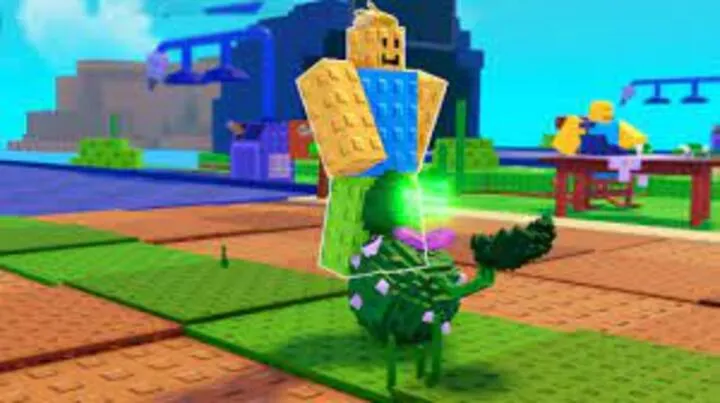
- S-Tier: Sunflower, Twin Sunflower, Winter Melon, Imitater, Wall/Tallnut
- A-Tier: Cherry Bomb, Gatling Pea, Cattail, Magnet-shroom
- B-Tier: Potato Mine, Plantern, Kernel-pult, Spikeweed/Spikerock
- C-Tier: Chomper, Garlic, Cabbage-pult
- D-Tier: Pumpkin, Starfruit, Umbrella Leaf
Conclusion
The beauty of Plants vs Brainrot lies in its variety. No single plant guarantees victory, but some plants rise above others through versatility, synergy, and adaptability. While Sunflowers, Winter Melons, and Tallnuts form the backbone of almost every strategy, niche plants still carve roles in specific distorted maps.
A strong player understands not just which plants are powerful, but why they’re powerful in a given scenario. By mastering this tier list and adapting builds to map mechanics, you’ll always stay ahead of the Brainrot invasion.






